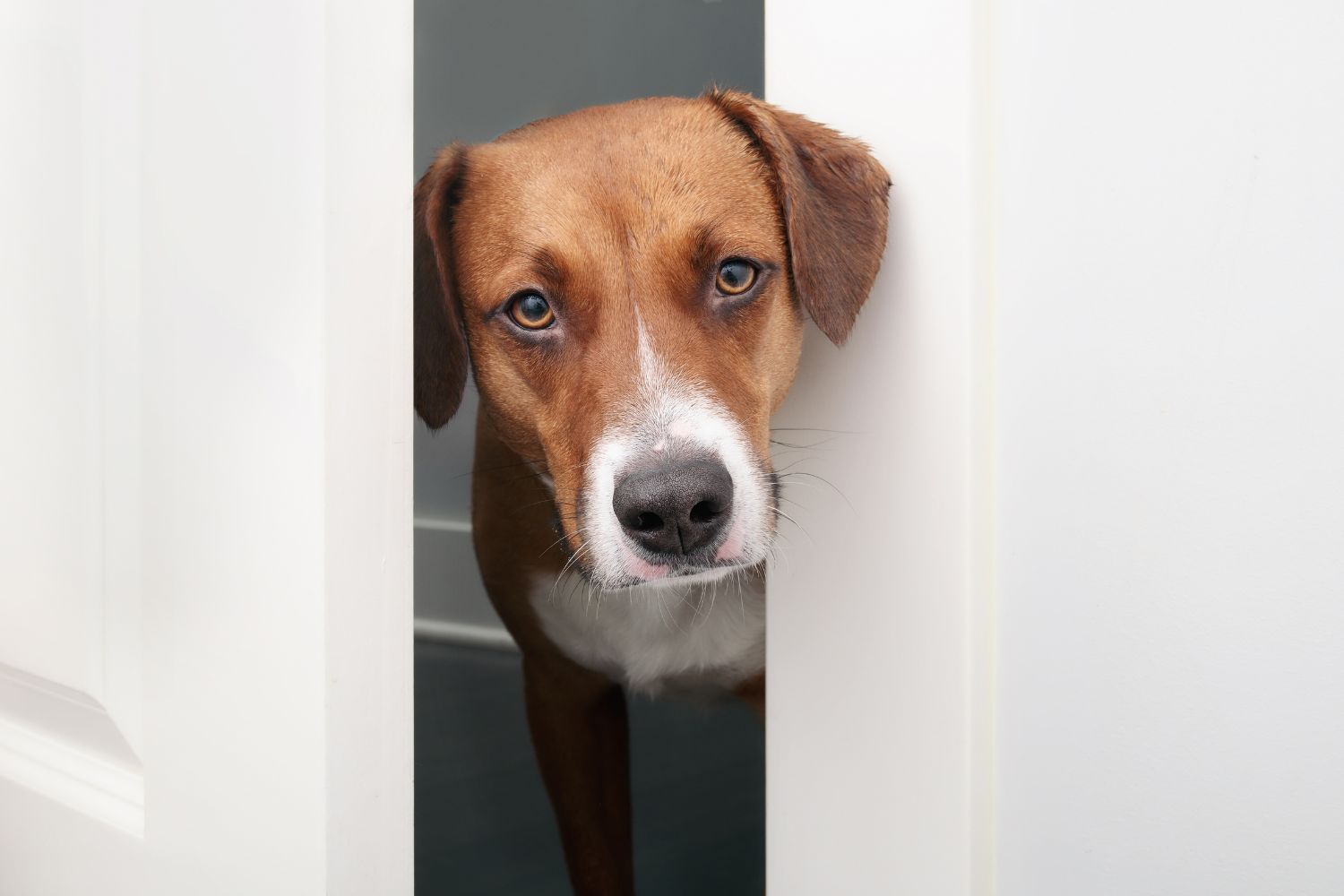
10 Tips to Avoid Dog Bites During Home Visits
As a home health clinician, encountering dogs is an inevitable part of the job. While many pets are friendly and well-behaved, some situations can become dangerous if not handled properly. Ensuring your safety while delivering care is paramount, and knowing how to avoid and manage dog encounters is crucial.
To help you navigate these potentially hazardous situations, we’ve compiled ten essential tips that every clinician should follow. By incorporating these strategies into your routine, you can minimize risks and maintain a safe working environment.
Ask your Patient about any Animals when Scheduling your Visit:
- Ask them to secure their dog before you arrive
- Request that dogs be placed in another room or outside during your visit
Stay Calm and Confident:
- Dogs can sense fear. Staying calm and composed can prevent escalating their aggression
- Speak in a firm, calm voice to reassure the dog
Avoid Direct Eye Contact:
- Direct eye contact can be perceived as a challenge by dogs
- Glance sideways and avoid staring directly at the dog
Don’t Turn Your Back:
- Always face the dog (but again, avoid direct eye contact)
- Slowly back away while keeping the dog in your peripheral vision
Avoid Sudden Movements:
- Sudden movements can provoke a dog
- Move slowly and deliberately to avoid triggering the dog’s chase instinct
Use a Barrier:
- Carry an umbrella or your bag to create a barrier between you and the dog (shameless plug – use your introductory coupon below in our shop to get a new home health backpack or shoulder bag!)
- Open the umbrella towards the dog to create a visual and physical shield
Carry Dog Repellent Spray:
- Invest in a dog repellent spray and keep it accessible
- Use it if the dog approaches aggressively – ensure you know how to use it properly
Make Loud Noises:
- Loud noises can startle the dog and deter an attack
- Carry a dog whistle or an ultrasonic repellent device – these can emit sounds that are uncomfortable for dogs but inaudible to humans.
- If you don’t carry a whistle, clap your hands and scream
If Attacked, Protect Yourself:
- If a dog attacks, use your bag, jacket, or any object to shield yourself.
- Protect your face, neck, and torso. Curl into a ball with your hands over your ears and neck if knocked to the ground.
Notify the Office and Report Incidents:
- Always report any aggressive dogs to your office so they can note it for future visits.
- Document the incident and any injuries immediately.